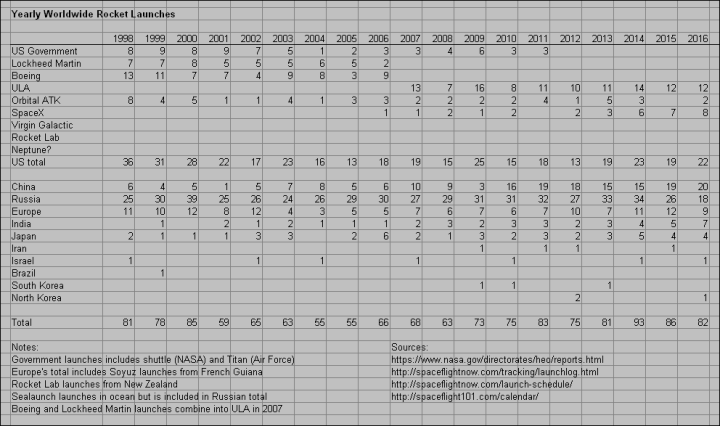Boeing unveils its spacesuit for Starliner missions
The competition heats up: Boeing today unveiled the streamlined but snazzy spacesuit it plans to use on its Starliner manned ferry flights to and from ISS.
This tidbit though I think illustrates the new mindset, to make things simpler and cheaper and more focused on their actual purpose.
Boeing’s suit, designed with the Massachusetts-based David Clark Co., weighs about 12 pounds, compared to 30 pounds for NASA’s orange suits formally called the Advanced Crew Escape Suit, or ACES. …The “get us home suit,” as Ferguson called it, couldn’t be used for a spacewalk. It’s intended to provide air and cooling to keep astronauts safe during launch and landings back on land, and during emergencies, like if a micrometeoroid strike caused a loss of cabin pressure.
The competition heats up: Boeing today unveiled the streamlined but snazzy spacesuit it plans to use on its Starliner manned ferry flights to and from ISS.
This tidbit though I think illustrates the new mindset, to make things simpler and cheaper and more focused on their actual purpose.
Boeing’s suit, designed with the Massachusetts-based David Clark Co., weighs about 12 pounds, compared to 30 pounds for NASA’s orange suits formally called the Advanced Crew Escape Suit, or ACES. …The “get us home suit,” as Ferguson called it, couldn’t be used for a spacewalk. It’s intended to provide air and cooling to keep astronauts safe during launch and landings back on land, and during emergencies, like if a micrometeoroid strike caused a loss of cabin pressure.

